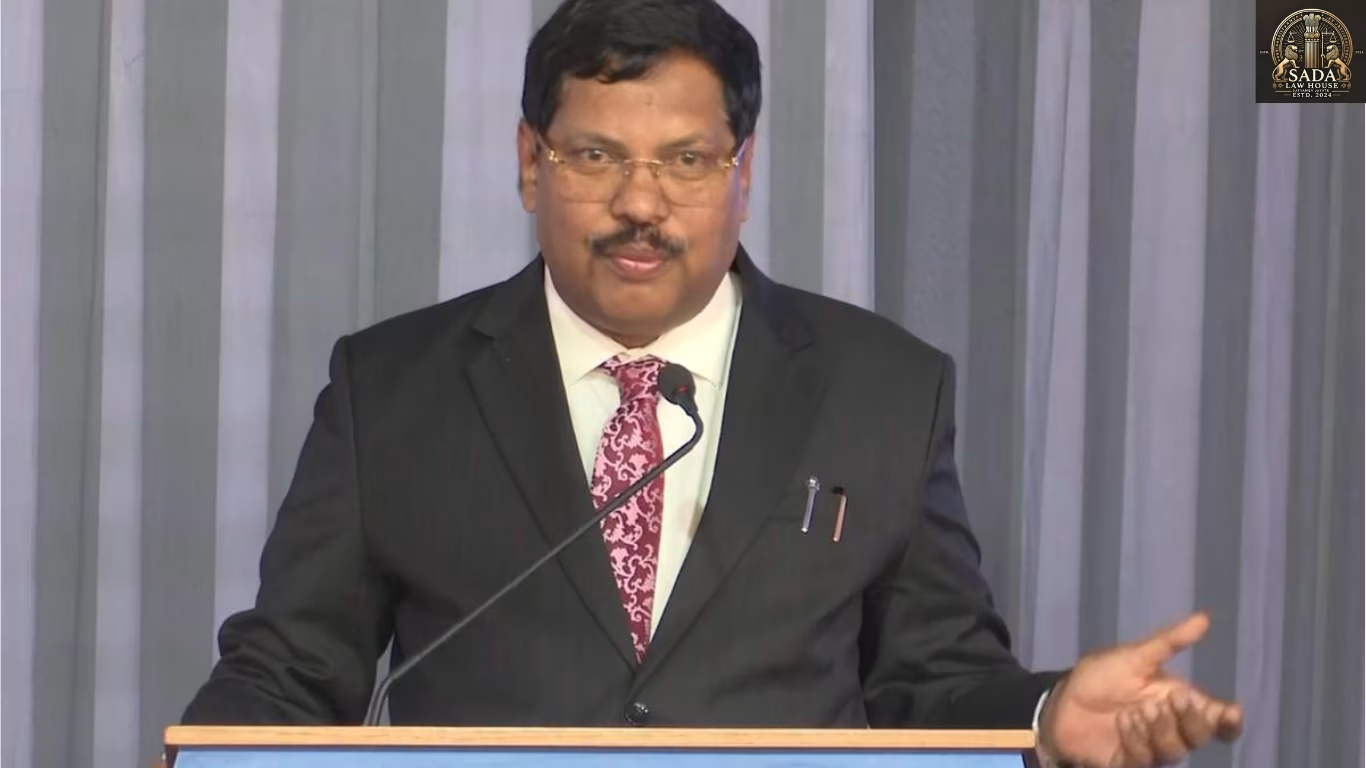Indian Stock Markets Rally on U.S.–India Trade Optimism and Strong Global Cues
- Shristi Singh
- 17 September 2025

Introduction
On 17 September 2025, Indian equity markets surged, fueled by optimism over U.S.–India trade negotiations and supportive global cues. The BSE Sensex jumped 418 points to close at 72,940, while the Nifty50 advanced 138 points to 22,045. Banking, technology, and consumer goods stocks led the rally as investors welcomed signs of progress in bilateral trade talks and anticipated a U.S. Federal Reserve interest rate cut. Analysts called the gains a sign of renewed confidence in India’s economic resilience, though caution persisted about underlying risks.
Background
Indian stock markets in 2025 have been shaped by global uncertainty, fluctuating oil prices, and volatile monetary policy signals. Earlier corrections were linked to inflationary pressures, weaker earnings, and global instability stemming from Middle Eastern tensions and slowing U.S. and Chinese growth.
Despite these challenges, India’s domestic fundamentals—robust services growth, consumer demand, and steady FDI inflows—have underpinned market stability. Investors remain attentive to U.S.–India trade ties, given America’s role as India’s largest trading partner and a key source of capital.
Recent trade negotiations have centered on lowering tariffs on Indian exports like textiles and pharmaceuticals while opening Indian markets to U.S. agriculture. Positive developments in these talks, combined with expectations of Fed easing, have bolstered optimism.
Key Developments
Sensex: Rose 418 points (0.58%) to 72,940.
Nifty50: Gained 138 points (0.63%) to 22,045.
Sectoral Performance:
Banking & Financials: ICICI Bank, HDFC Bank, and Kotak Mahindra Bank gained 1–2% on strong credit growth.
Information Technology: Infosys, TCS, and Wipro rose on expectations of stronger U.S. outsourcing demand.
Consumer Goods: FMCG leaders HUL and ITC rallied ahead of festive demand.
Energy: Reliance Industries and ONGC showed volatility amid oil price uncertainty.
Investor Sentiment:
Both DIIs and FIIs were net buyers, supported by the rupee’s appreciation earlier in the day, which reduced import costs for corporates.
Global Influence:
Asian indices such as Japan’s Nikkei and Hong Kong’s Hang Seng also gained, with optimism tied to expected Fed rate cuts.
Issues
Export Pressure: A stronger rupee could reduce margins for export-oriented companies.
Oil Dependence: Continued volatility in crude oil prices remains a risk.
Overreliance on External Factors: Market buoyancy depends heavily on U.S. monetary policy and trade outcomes.
Current Status
The rally reflected a mix of domestic and global optimism. Government leaders hailed the gains as proof of strong fundamentals, while opposition parties argued that rising markets do not address persistent inflation and household struggles. Industry bodies such as CII expressed cautious optimism, noting that sustained momentum hinges on corporate earnings and trade policy outcomes. Retail investors celebrated gains but voiced caution over possible volatility.
Conclusion
The 17 September 2025 rally in Indian stock markets underscores how trade diplomacy, currency trends, and global monetary policy shape investor sentiment. Gains across banking, IT, and FMCG sectors highlight both domestic resilience and foreign confidence in India’s growth. Yet sustaining momentum will require balancing global opportunities with domestic reforms and shielding the economy from risks tied to oil, exports, and external shocks.






